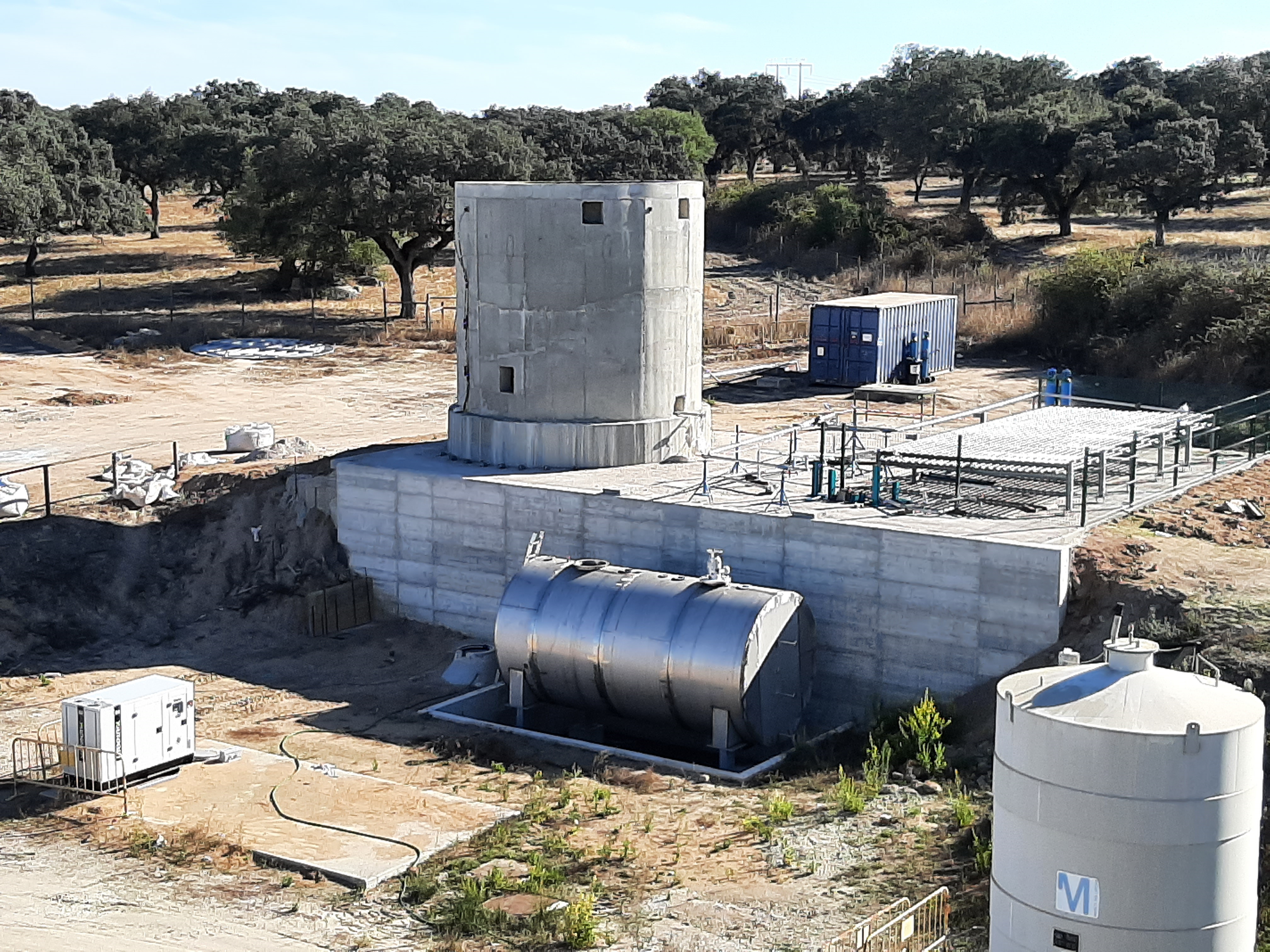Storage Technologies

HPS2 Two-tank molten salts thermal energy storage.
The design of the TES system fulfills three main objectives: first, storing hot molten salt in order to extend time of steam generation. Second, storing the salt to provide sufficient energy needed for the nightly antifreeze operation of the solar field and steam generating system. Probably the most interesting point of the TES in conjunction with the used once-through boiler type is the demonstration of total dispatchability of steam production as well as the ability of such a configuration to participate in the secondary control. This will be a unique characteristic for solar thermal power plants and a break-through for solar thermal energy systems to gain competitiveness against other renewable energy forms like wind and PV. Both tanks are designed to be capable of holding the salt inventory of the entire system. The initially introduced salt will have a total mass of 92 tons.
Each tank is equipped with 48 temperature probes. For a full qualification and understanding of the thermal and structural behavior of the storage tank the measurements are located inside the tank, on the tank surface and in their foundations. Furthermore, each of the big storage tanks is set-up with two redundant pumps for a secure operation. The pumps are fully flexible from zero to maximum mass flow and can be controlled by throttling and/or frequency control.



